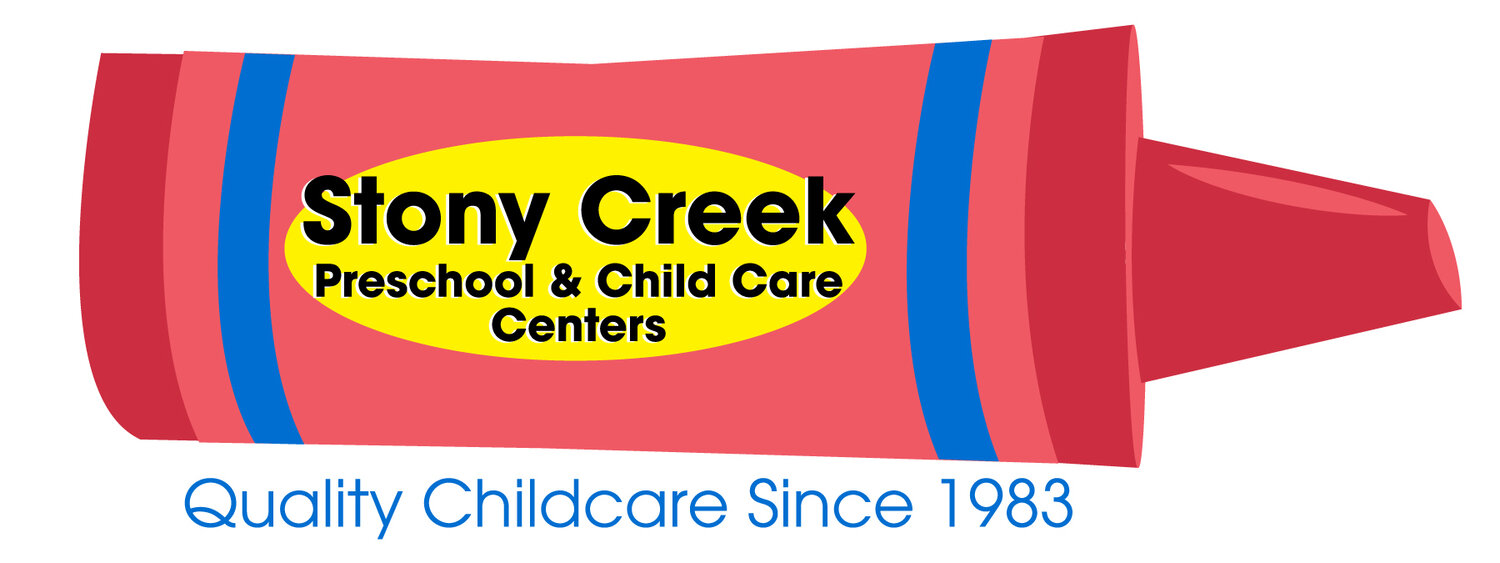Ouch– That hurts!wHY CHILDREN BITE AND WHAT YOU CAN DO TO HELP
Biting brings out a lot of emotion and concern for parents and caregivers, but children often have a reason behind this behavior. As a parent the last thing you want to hear is that your child has bitten another child or worse yet that you have a habitual “biter”. No wants to have a child that bites let alone be the child that has been kicked out of daycare for biting (which means you need to find a daycare that works with your child instead of banishing them). Biting brings out a lot of emotion and concern for parents and caregivers, but children often have a reason behind this behavior. This is a normal part of development and some children have a more difficult time with it than others. Let’s talk about why children bite and what you can do to help them and others through this troubling time.
Why do they bite?
Teething: cutting teeth hurts and chewing on something relieves the pain.
What to do? Communicate with your child’s caregivers if you think your child is teething. Provide an appropriate way to relieve pain by offering a teether. In addition, it is important to be near the child during play if they are teething so you can prevent bites from occurring.
Sensory Exploration: Babies and toddlers explore their environment through their senses. A child might try to “get to know” or play with another child by biting them.
What to do? Provide a lot of sensory exploration activities such letting them play with cool whip (swishing), playdough, shredded paper, different fabric strips, or filling a sock with different materials (rocks, rice, cotton balls) then tie it or sew it up. Keep young children in smaller groups in order to better supervise them. As they get older offer other ways to “get to know” a child (high five, hug, etc.).
Cause and Effect: After about 8 months of age, babies and toddlers begin to mentally play with the connection that their actions have an impact on the world around them. For example, “When I bite Johnny, he screams and adults come running”.
What to do? Give the child a lot of opportunities to explore the concept of cause and effect. Water exploration, pop-up toys/game, etc.
Mimicry: Toddlers mimic a lot of behaviors unfortunately, biting is one of them.
What to do? Try to avoid overreaction by too many adults handling the situation. Children should not see this as a way to receive attention. Model prosocial behaviors and praise children when they are using them. Don’t let you child bite you during play. They cannot distinguish between playing and not playing. NEVER BITE BACK!! This communicates that biting is an acceptable behavior.
Self-Assertion: Children frequently will bit over a toy or because another child was in their space. With limited language skills, toddlers communicate their desires through biting. This is effective as the other child usually drops the toy.
What to do? Provide multiple toys, as toddlers do not know how to share or control their impulses. Keep close to toddlers and provide simple language for the child to use (STOP, MINE, NO). If you can figure out what the child is trying to communicate, then supply the words even if they cannot say them yet (children can comprehend more than they can express through words). In addition, provide opportunities for young children to assert themselves. Remember toddlers are developing their sense of autonomy and need opportunities to be in control of their environment.
Frustration, Fatigue and Stressors: Sometimes children bite because they are tired, hungry or frustrated.
What to do? Make sure your child is well rested. Make sure your child has a good breakfast. Limit the number of children in a space as play can quickly turn in to frustration. Communicate with your child’s caregiver as to your child’s night and morning or other stressor in the home. This provides a “heads up” on your child’s mood for the day and helps caregivers monitor their actions even closer.
If a child does bite say, “Stop Billy, biting hurts” in a firm but no louder voice. Take care of the child that has been hurt first, ignoring the biter. Then briefly talk to the child about how biting hurts and that you cannot let them bite. Offer them the opportunity to make the child feel better (hugs, ice pack, high five, etc.). Remember, children at this age cannot imagine how the other child feels so don’t expect that to happen. The best way to get through this stage is prevention, proximity, and patience. This Too Shall Pass!


